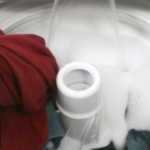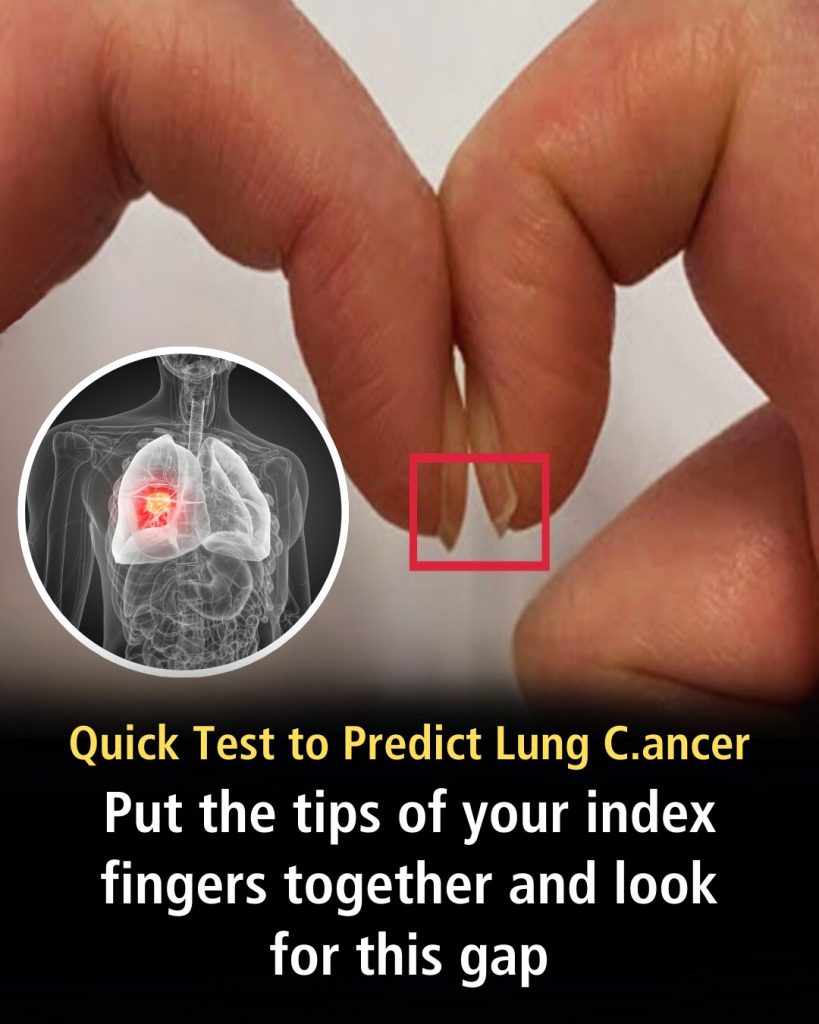
A UK-based oncology nurse, Emma Norton, warns about an unusual sign of lung cancer called finger clubbing. The Schamroth window test helps detect it—when touching your index fingernails together, a small diamond-shaped gap should appear. If there’s no gap, it may indicate finger clubbing, which can be linked to lung cancer and other health issues. Affected fingers may appear swollen or have curved nails. While not exclusive to lung cancer, checking your fingers at home is a simple way to spot potential health concerns.
What Is Finger Clubbing?
Finger clubbing, or digital clubbing, causes the tips of your fingers to swell, leading to widened fingers, curved nails, or swollen fingertips. This swelling disrupts the diamond-shaped gap between your cuticles, visible in the Schamroth window test. The condition develops gradually, with the nail bed softening and becoming shinier due to fluid buildup. The nail curve (Scarmouth’s sign) may be subtle, but viewing the nails from the side can reveal it. As finger clubbing progresses, fluid accumulation and swelling make the fingers appear larger, especially at the tips.
3 Easy Steps to Do the Schamroth Window Test:
- Hold your hands up in front of you.
- Touch the tips of your index fingers together.
- Bend the tops of your fingers to make the nails touch.
You should see a small diamond-shaped gap beneath the nail beds. If there’s no gap, your fingers may be clubbed. In this case, it’s important to consult your doctor for further evaluation and potential diagnostic tests.
Does It Really Mean You Have Lung Cancer?

Finger clubbing doesn’t always indicate lung cancer. It can also be linked to other conditions, such as:
- Congenital heart disease: A heart defect present at birth that affects blood flow.
- Infective endocarditis: A rare and severe heart infection.
- Lung issues: Including lung abscesses (from infections, even gum disease) and bronchiectasis (damaged airways caused by infections, autoimmune disorders, or allergies).
- Inflammatory bowel disease (IBD): Chronic inflammation in the gastrointestinal tract, including Crohn’s disease and ulcerative colitis.
- AIDS: Finger clubbing can be an early sign of HIV/AIDS.
If you notice finger clubbing, it’s important to consult a doctor to investigate the underlying cause.
Other Fingernail Conditions and What They Could Reveal
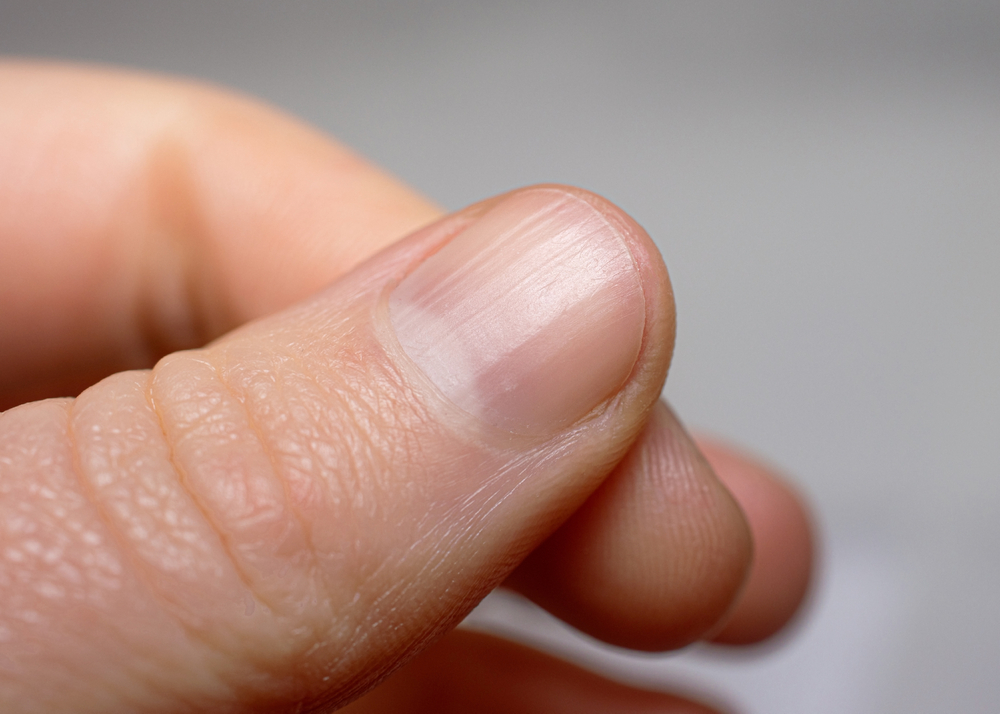
Finger clubbing isn’t the only sign that can indicate health issues. Fingernails can reveal a lot about your overall health. Some other fingernail signs that might point to underlying conditions include:
Koilonychia
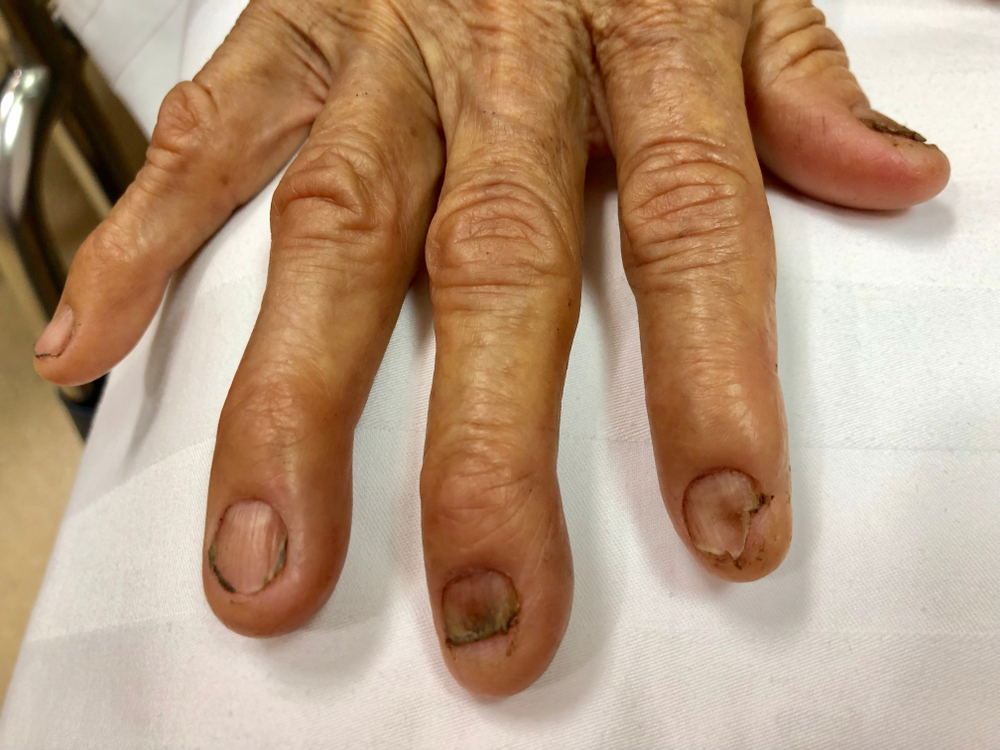
Koilonychia refers to nails with a concave or spoon-like shape due to a depression in the middle. It can occur in children and may be caused by:
- Iron or protein deficiency
- Exposure to petroleum-based solvents with toxic chemicals
- Lupus
Thin or Brittle Nails
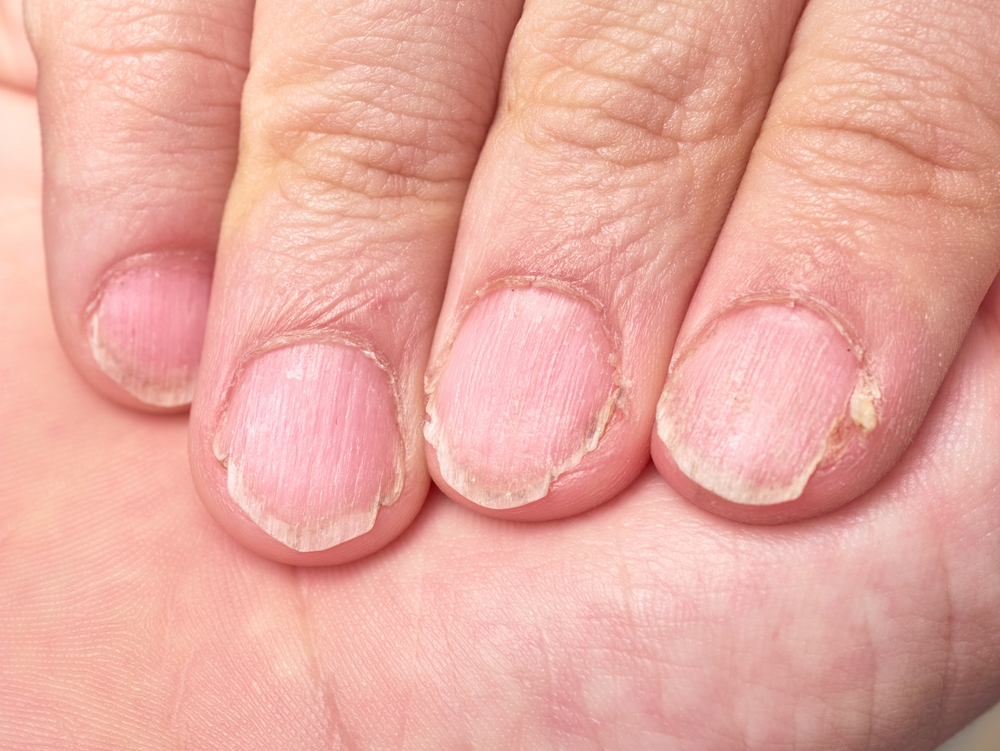
Thin, fragile nails that break easily may indicate underlying conditions such as:
- Metabolic bone diseases, like osteoporosis
- Thyroid disorders, including hypothyroidism or hyperthyroidism
- Malnutrition
Beau’s Lines
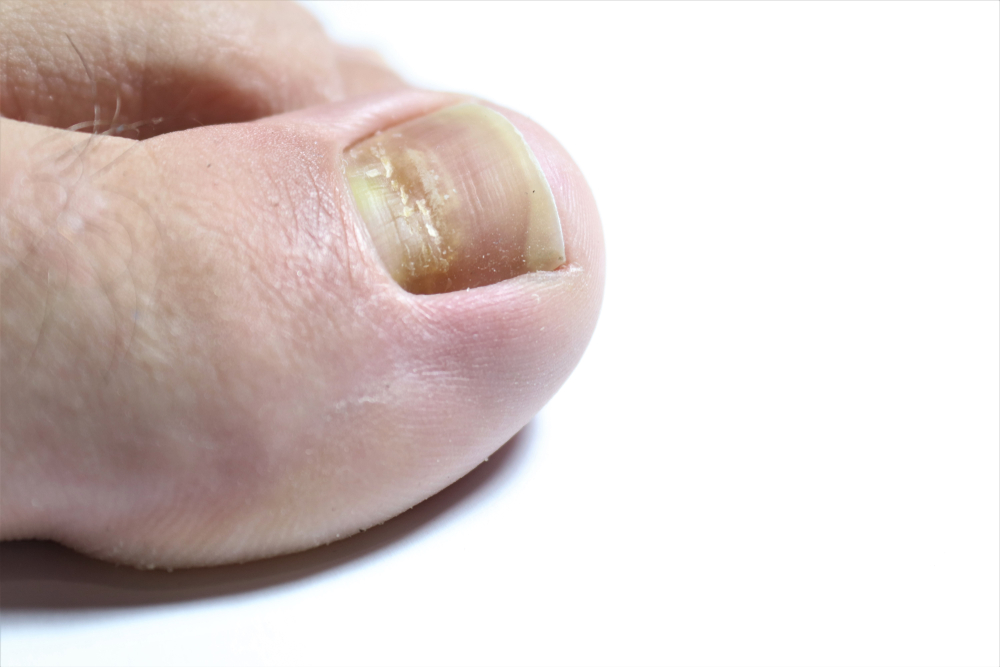
Beau’s lines are indents or white lines that run across the width of your nails, often indicating a past serious illness. Conditions like severe infection, heart attack, shock, sepsis, chemotherapy, or zinc deficiency can cause them. The position of the lines may indicate when the illness occurred, and the depth can suggest the severity of the condition.
Rough Nails
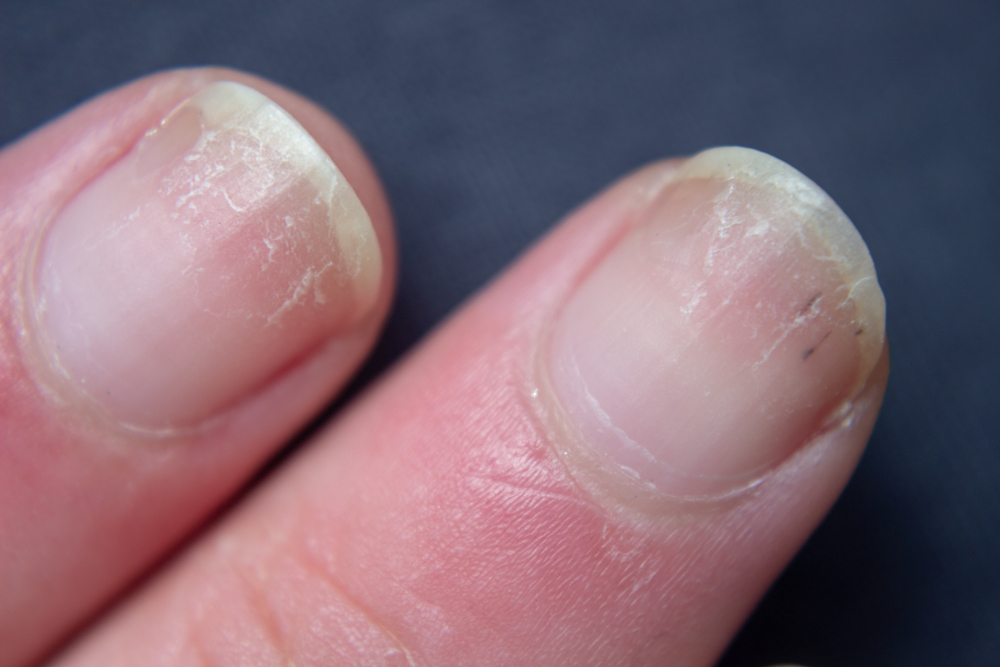
Rough, dull nails that lose their natural shine or appear sandpapered may indicate underlying issues such as:
- Autoimmune diseases
- Exposure to toxic chemicals
- Psoriasis, a skin condition that causes rough or scaly patches of skin
Is There Any Way to Prevent Finger Clubbing?
Finger clubbing is a symptom, not the cause, of an underlying health issue. To prevent it, focus on overall health by avoiding smoking, toxic chemicals, and maintaining a healthy lifestyle with proper nutrition and exercise. Interestingly, fingernail signs can reveal hidden conditions or diseases, highlighting how much our fingers can tell us about our health!
